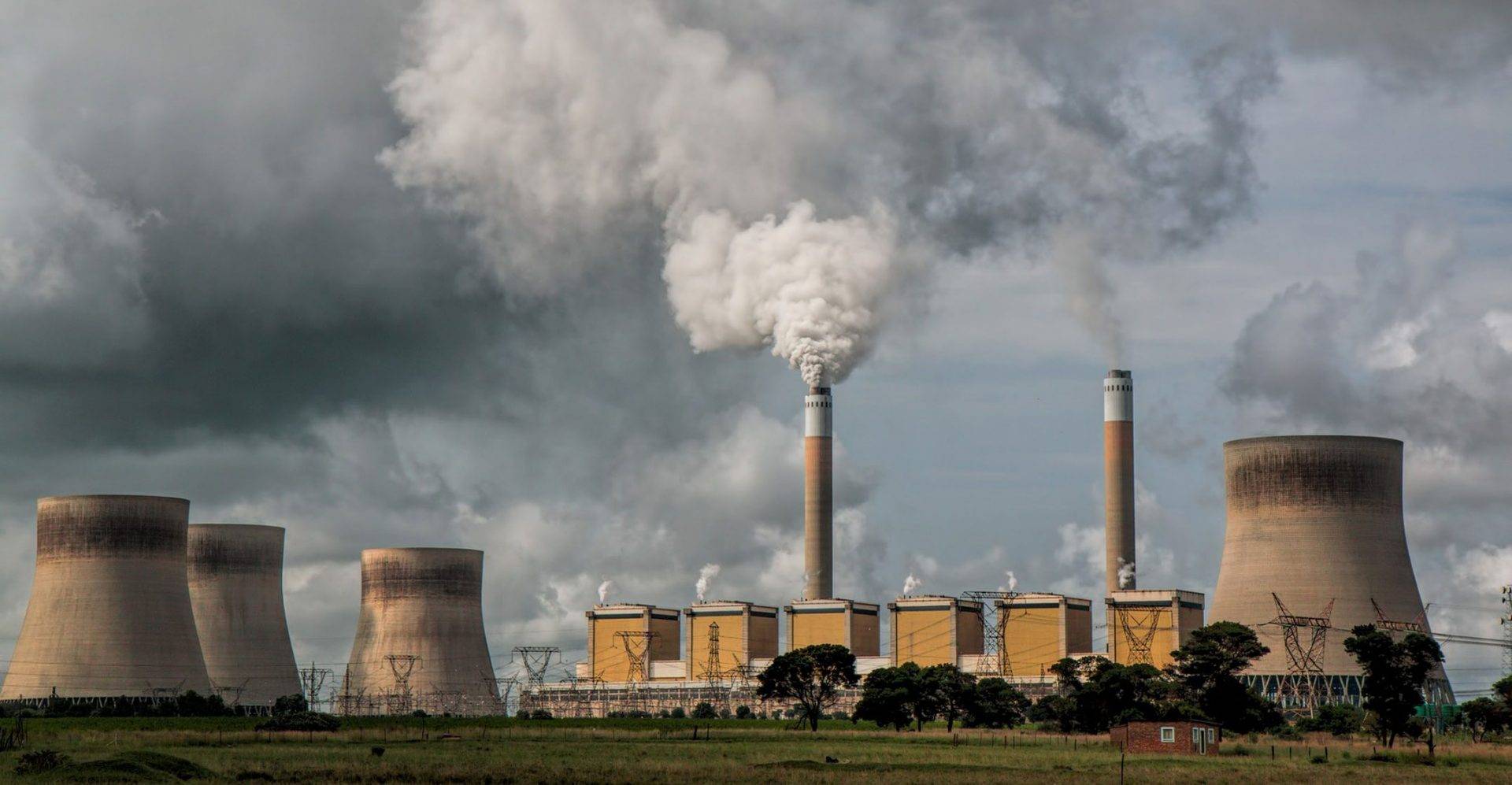South Africa Is Home To The World’s Second Largest Sulphur Dioxide Hotspot

The world’s second-largest hotspot of Sulphur dioxide emissions is in South Africa’s Mpumalanga province, the area around Eskom’s coal-fired plants, this is according to Greenpeace.
The province houses 15 coal-fired power plants for the state power utility and also hosts coal-to-fuel plants owned by Sasol, an integrated energy and chemical company which happens to be the country’s biggest firm by revenue.
According to Greenpeace, Norilsk Nickel metal complex, a mining and metallurgical company in Russia’s Norilsk city is the world’s number one Sulphur dioxide emitter.
Earlier, Eskom disclosed that air pollution from its power plants kills about 333 people a year but other research findings estimate that the number could be more. Desktop research by civil society group groundWork projects the number of people killed a year to be about 2,200.
US coal plant expert Dr. Ranajit Sahu released a report that showed that almost all Eskom power plants persistently and significantly exceeds air pollution limits stipulated in their licenses. An analysis was done for civil society campaign Life also indicated that that the utility is releasing pollutants considerably more frequently than it admits.
If the state-owned enterprise was to be held accountable for its pollution levels, it would pay fines up to ZAR 46 Bn or face 46 000 years in jail.
Many other reports have exposed the excess levels of pollution released by Eskom into the air cautioning that the levels are too high and pose danger to the people and the environment as a whole.
International experts have linked the coal-fired pollution to thousands of deaths and tens of thousands of chronic illnesses a year. Eskom which is Africa’s largest energy provider continuously endangers the health and violates human rights of millions of people affected by this pollution.
Even after the numerous reports exposing the health impacts as a result of Eskom’s operations, the cash-strapped utility continues to maintain that its stations comply with the conditions of their atmospheric emission licenses and the stipulated limits.
“South Africa’s air is absolutely filthy,” said Melita Steele, a senior climate and energy campaign manager at Greenpeace Africa. “We simply cannot afford to waste any more time by delaying industry compliance with air-quality legislation or the transition to renewable energy.”
The World Health Organisations (WHO) says when people inhale Sulphur dioxide, the dust and gases start breaking down the lining of their lungs. The toxic gas is also linked to lower respiratory infections and increased risk of stroke.
Earlier Sasol said it may be unable to afford the Flue-gas desulfurization equipment that is needed to cut emissions of the gas. The company also said that the equipment is technically difficult to install.
Reportedly, Eskom has also filed for permission to delay complying with emission limits at some of its plants.
Annually, over 7,000,000 people die across the world because of air pollution, and SO2 is one of the main contributors.
The Greenpeace report comes after the environmental group released a survey earlier showing Mpumalanga has the worst nitrogen dioxide emissions from power plants of any area in the world.
Featured Image Courtesy: Steve Buissinne